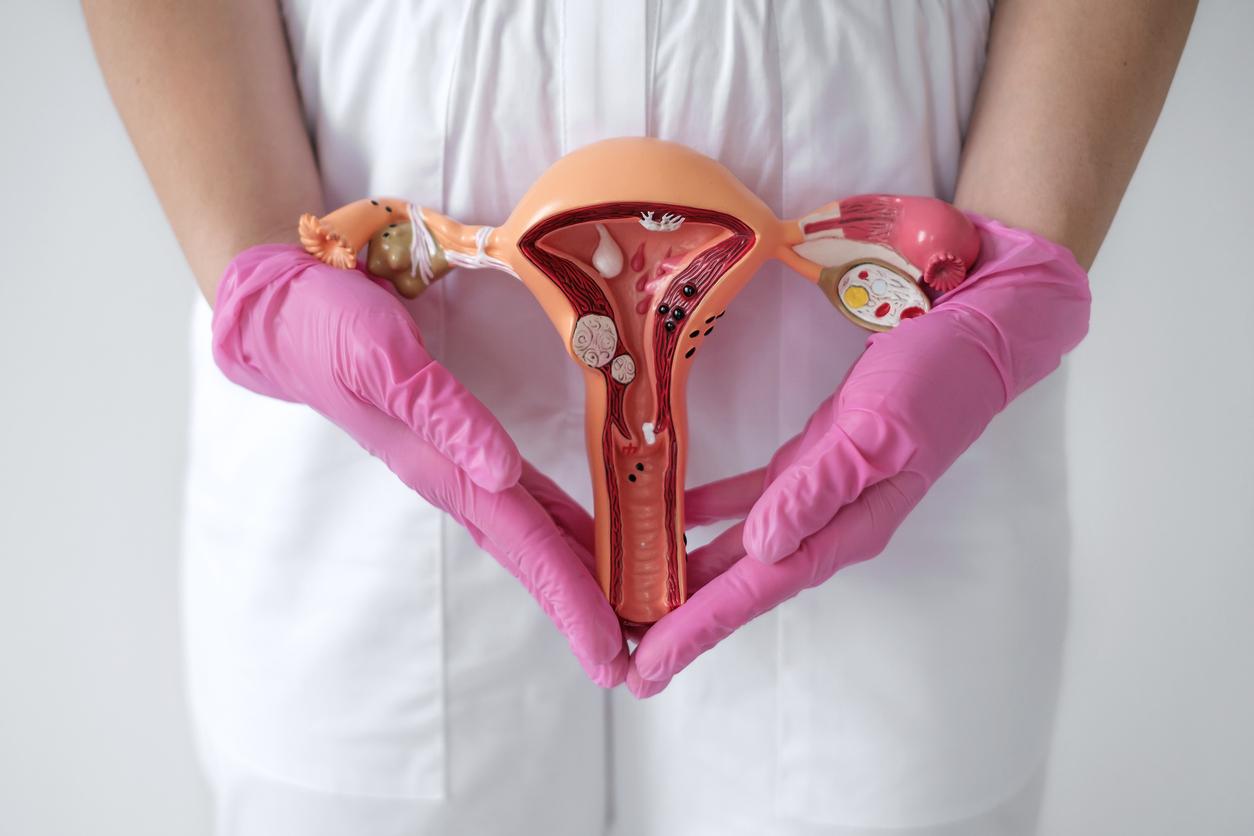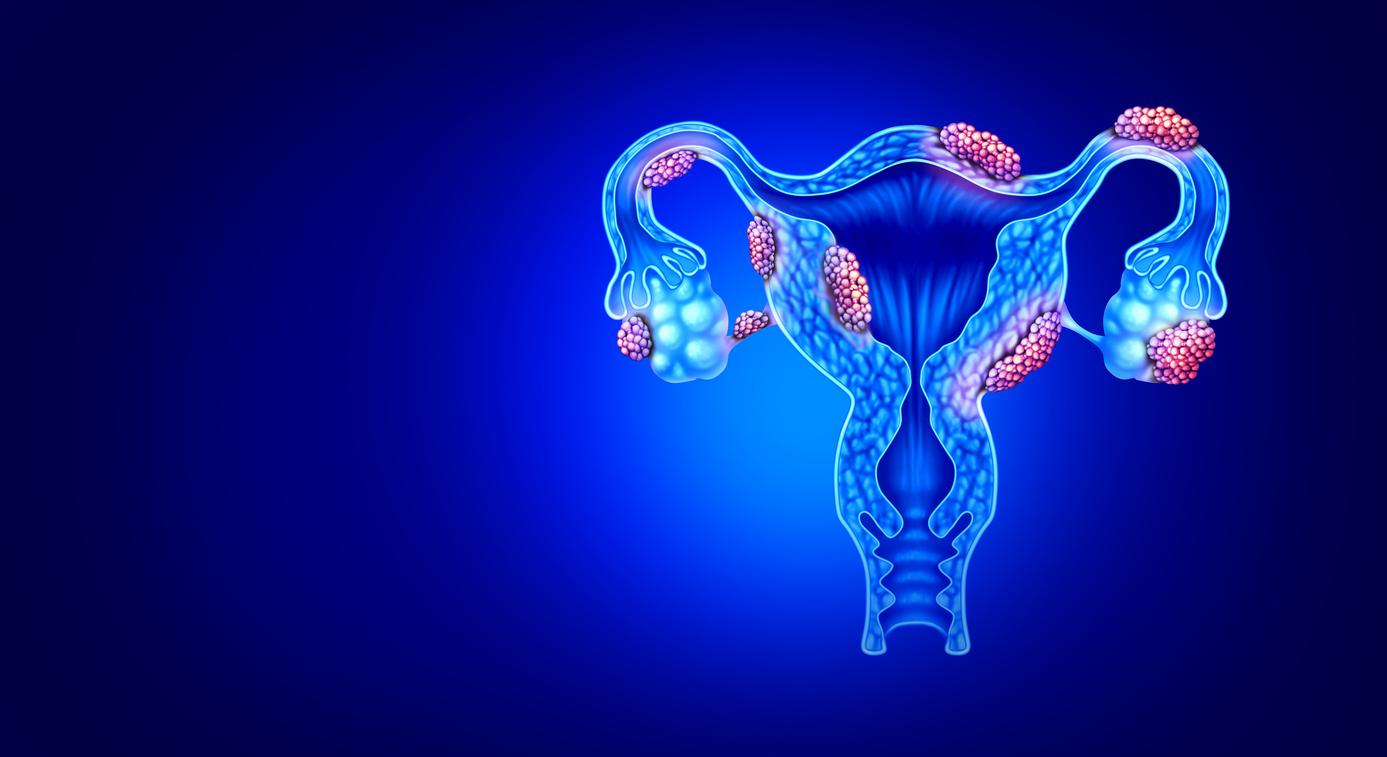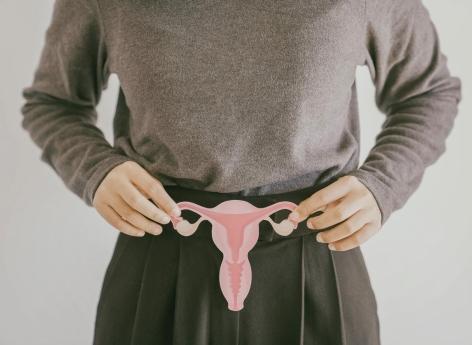American researchers conducted a large study on women with endometriosis. Those who have suffered physical or sexual abuse and / or violence during their childhood are more at risk of suffering from the disease.

One in ten women would be affected by endometriosis according to the association EndoFrance. The reasons for the appearance of this disease remain mysterious today. This could be related to the rise of blood containing endometrium through the tubes during menstruation, abnormal transformation of certain tissues, or individual factors. Childhood physical and sexual abuse could explain the onset of endometriosis in some women. This is the conclusion of a study conducted by American researchers and published in the journal Human reproduction.
Endometriosis is characterized by severe pain during menstruation, over time the symptoms intensify. Women with the disease often experience pain during sex, and 30-40% of them have fertility issues.
Childhood trauma lasts over time
For this research, American scientists collected data on 60,595 women between 1989 and 2013. Women who are severely abused have a 79% higher risk of developing endometriosis. It is 20% higher for women who have been physically abused and 49% higher for those who have been sexually abused.
Lead author Dr. Holly Harris interprets these findings as evidence that childhood sexual and physical abuse has negative long-term health consequences. “We don’t want people to think that if someone has endometriosis, then they’ve been abused. (…) Our study shows that abuse and endometriosis are both common in women, ”she emphasizes.
The possible consequences of stress
Researchers must now better understand the link between these abuses and the risk of endometriosis. This could be due to the stress related to these traumatic experiences: it would increase the production of stress hormones and therefore, the level of inflammation. This would ultimately promote the onset of certain pain, especially pelvic pain. Today, identifying these pains and diagnosing endometriosis takes time. On average, it takes seven years for the disease to be diagnosed.

.















